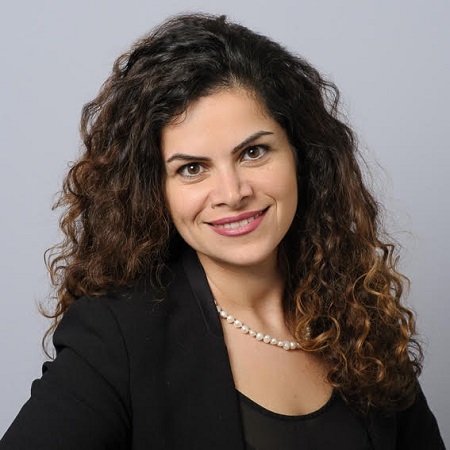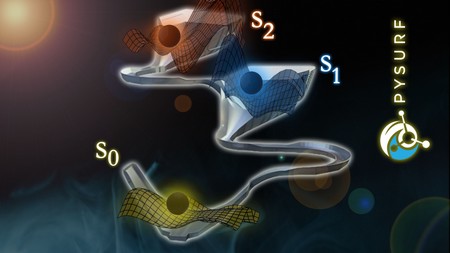AI reduces computational time required to study fate of molecules exposed to light
Light-induced processes are critical in transformative technologies such as solar energy harvesting, as well as in photomedicine and photoresponsive materials. Theoretical studies of the dynamics of photoinduced processes require numerous electronic structure calculations, which are computationally expensive. Scientists from the University of Groningen developed machine learning-based algorithms, which reduce these computations significantly. The Open Source software package that they developed, PySurf, was presented in a paper in the Journal of Chemical Theory and Computation on 24 November.
By Rene Fransen (ScienceLinX)
How do molecules behave when they are exposed to light? Knowledge of this process is not only central to crucial processes in nature, such as photosynthesis and vitamin D production, but it is also critical for the rational design of new molecules with specific photoresponsive properties.

Machine learning
Yet, despite great advances in hardware and computational methods, calculations of the interaction between light and molecules is still a challenge, explains Shirin Faraji, Associate Professor in Theoretical Chemistry, the lead author of the paper. ‘The high-level electronic structure calculations are already very costly for medium-sized molecules, typical chromophores have around thirty heavy atoms.’ Including the influence of the environment at quantum mechanical level on such a system is practically impossible.
‘Current software searches the entire conformational space, but we use machine learning to exclude parts of this conformational space search, making it a very smart search,’ Faraji explains. ‘Our software, therefore, requires several orders of magnitude less computational time than existing direct dynamics software.’ In the paper, the developers report the photodynamics of two benchmark molecules, SO2 and pyrazine, and show that their results are comparable to those obtained using simulations that are based entirely on quantum dynamics.
Algorithm
Furthermore, the software package was developed from scratch and is easy to adapt for specific purposes, for example by using plug-in and workflow engines. Faraji: ‘A PhD student could easily dig into the code and develop a specific algorithm, for example a new neural network-based algorithm.’

Faraji contributed code to several software packages, most notably Q-Chem, one of the world’s leading quantum chemistry software programs, and is currently a member of the Q-Chem Board of Directors. The new PySurf package will interface with Q-Chem, but also with other electronic structure software. PySurf is Open Source, which means that it is available as a free download together with the manual, and Faraji’s team will provide support for users.
First release
The PySurf software is the result of a project funded by a personal grant to Faraji from the Dutch Research Council (NWO) Vidi programme. Faraji: ‘We are only a year and a half into this five-year project. So, the current version is just the first release. We continue to work on the program to optimize it and to create a user-friendly interface.’
Reference: Maximilian F. S. J. Menger, Johannes Ehrmaier, and Shirin Faraji: PySurf: A Framework for Database Accelerated Direct Dynamics. J. Chem. Theory Comput. online 24 November 2020.
This work is part of the Innovational Research Incentives Scheme Vidi 2017 with project number 016.Vidi.189.044, which is (partly) financed by the Dutch Research Council (NWO).
| Last modified: | 02 December 2020 11.39 a.m. |
More news
-
24 March 2025
UG 28th in World's Most International Universities 2025 rankings
The University of Groningen has been ranked 28th in the World's Most International Universities 2025 by Times Higher Education. With this, the UG leaves behind institutions such as MIT and Harvard. The 28th place marks an increase of five places: in...
-
05 March 2025
Women in Science
The UG celebrates International Women’s Day with a special photo series: Women in Science.
-
16 December 2024
Jouke de Vries: ‘The University will have to be flexible’
2024 was a festive year for the University of Groningen. In this podcast, Jouke de Vries, the chair of the Executive Board, looks back.
